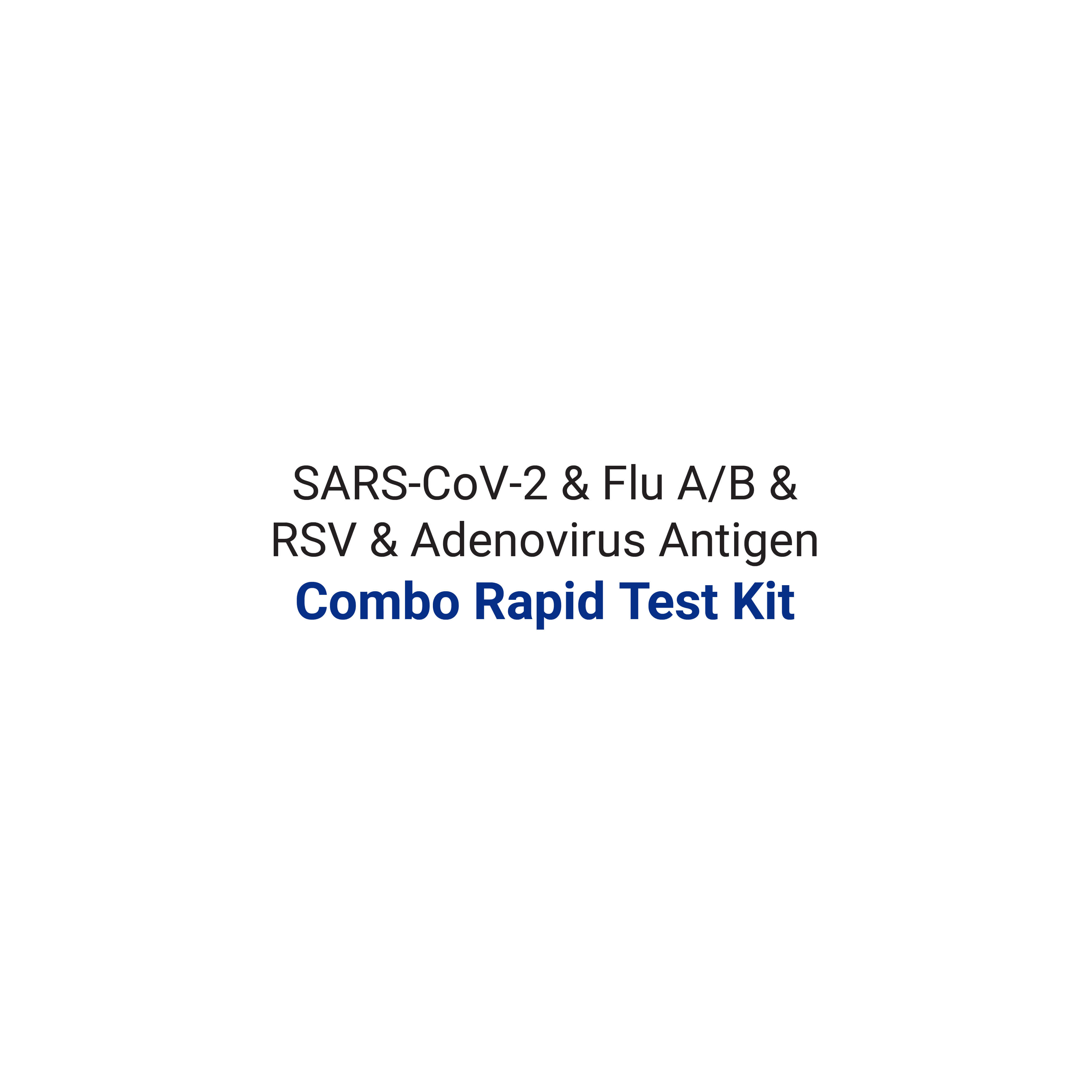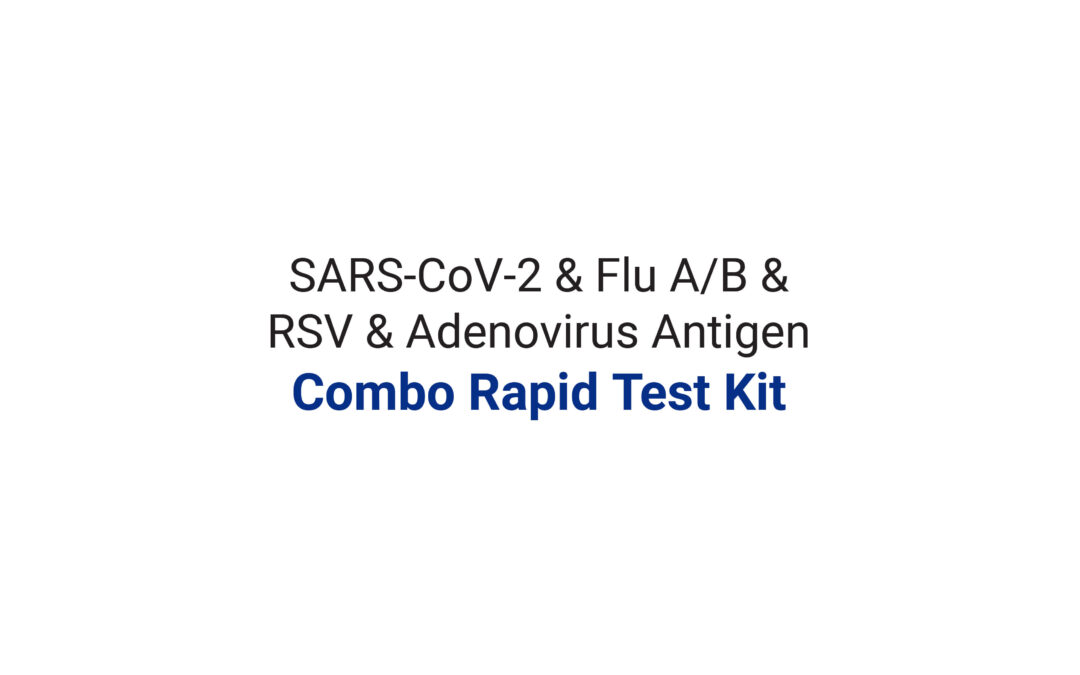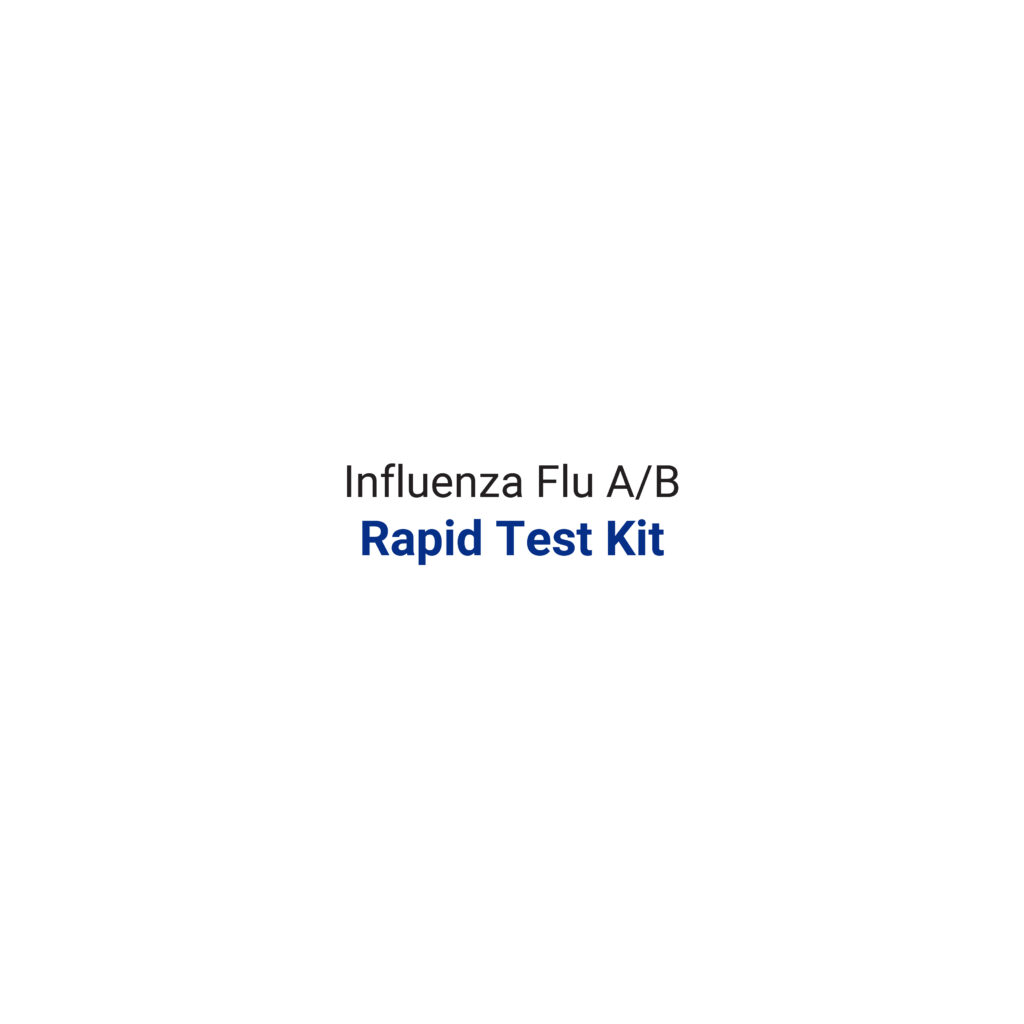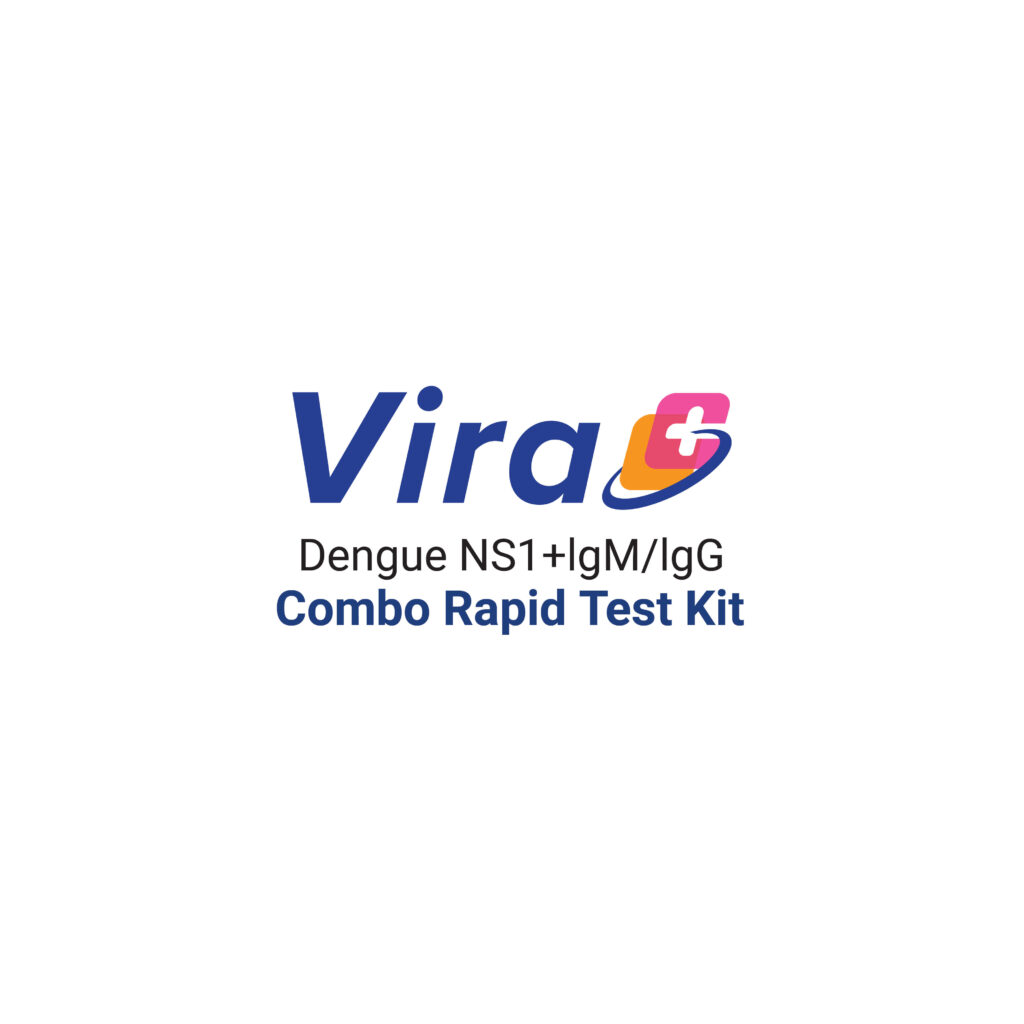SARS-CoV-2 & Flu A/B & RSV & Adenovirus Antigen Combo Rapid Test

Overview of The Viruses (SARS-CoV-2 & Flu A/B & RSV & Adenovirus)
Respiratory infections are a major public health concern, especially for infants and young children, due to high rates of illness and death.
SARS-CoV-2:
The coronavirus named SARS-CoV-2, a severe acute respiratory virus, spread rapidly worldwide. The new disease was named Coronavirus disease 2019, or COVID-19. The disease is transmitted mainly by respiratory droplets and causes a wide range of symptoms.
Although most people experience only mild to moderate respiratory symptoms and recover without needing special treatment, the disease can be severe for older adults and those with underlying medical conditions such as cardiovascular disease, diabetes, chronic respiratory disease, or cancer. It’s important to remember, however, that anyone can become seriously ill or die from COVID-19, regardless of age.
Influenza:
Influenza (the flu) is a common acute respiratory infection caused by influenza viruses that circulates globally. The virus spreads easily between people through coughs or sneezes. There are four types of influenza viruses (A, B, C, and D), types A and B are responsible for the seasonal epidemics. Symptoms of influenza typically include the sudden onset of fever, cough, sore throat, body aches, and fatigue. While most people recover on their own within a week with rest and plenty of fluids, medical care may be needed in severe cases or for individuals with underlying risk factors.
Respiratory Syncytial Virus (RSV):
A common respiratory virus, RSV has symptoms that are similar to the flu, common cold, and COVID-19, making it difficult to distinguish. The infection usually peaks in December and January. Though usually mild, it can cause severe illnesses, such as bronchiolitis and pneumonia, especially in infants and older adults, leading to hospitalization.
Adenovirus:
Adenoviruses are extremely common viruses that can cause illness in people of all ages at any time of year. While they typically lead to mild, cold- or flu-like symptoms, individuals with weakened immune systems or existing respiratory or cardiac diseases are at a higher risk of developing a more severe illness.
Adenoviruses typically spread from an infected person to others through close personal contact, such as touching or shaking hands. The virus can also become airborne through coughing and sneezing. Less directly, a person can get infected by touching a contaminated object or surface and then touching their mouth, nose, or eyes without washing their hands first. Though less common, transmission can also occur through an infected person’s stool, such as during a diaper change, or through contaminated water, like in swimming pools.
Working Principle of SARS-CoV-2 & Flu A/B & RSV & Adenovirus Antigen Combo Rapid Test
PreciSTM – C Cholesterol Monitoring System uses a timed-endpoint method to measure the Total Cholesterol (CHOL), High Density Lipoprotein (HDL) and Triglyceride (TRIG) concentrations in whole blood, serum or plasma. The concentration of Low Density Lipoprotein (LDL) is calculated by the values of CHOL, TRIG and HDL. The system monitors the change in light absorbance at a fixed time interval. The change in absorbance is directly proportional to the concentration of lipid in the specimen.
CHOL: In this reaction, a cholesterol specific enzyme hydrolyzes cholesterol esters to free cholesterol and fatty acids. The free cholesterol is oxidized to cholestene-3-one and hydrogen peroxide by another enzyme. Hydrogen peroxide and a substrate is then further catalyzed by a 3rd enzyme to produce a coloured product.
HDL: HDL in the specimen is separated (from chylomicrons, VLDL and LDL) within the test device and then determined enzymatically as CHOL.
TRIG: Triglycerides in the specimen are enzymatically hydrolyzed to glycerol and free fatty acids. Next, a sequence of three coupled enzymatic steps causes the oxidation of a substrate to form a coloured product.
LDL: LDL is calculated when the concentration of TRIG in the specimen is equal or lower than 400 mg/dL. The following equation is use: CHOL – HDL – TRIG/2.2 (mmol/L) or CHOL – HDL – TRIG/5 (mg/dL)
Features and Benefits

Excellent Design
Compact and ergonomic design

Reliable Results
Results are traceable to National Institute of Standard & Technology (NIST) reference standards

Key Benefits of SG Diagnostics PreciSTM - C Cholesterol Monitoring System
- Portable and easy to handle – palm-sized and lightweight analyzer
- Rapid results (within 2 minutes) – monitor patients at risk for cardiovascular disease
- Test devices have a long shelf life (18 months) and are kept at room temperature
- Use of fingerprick blood to obtain full lipid profile (CHOL, HDL, TRIG, calculated LDL and CHOL/HDL ratio) results





